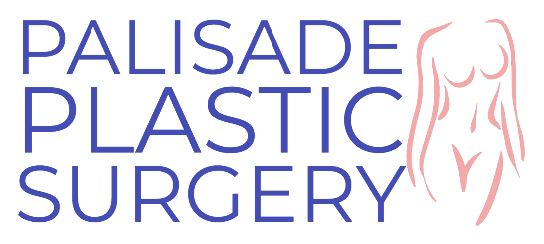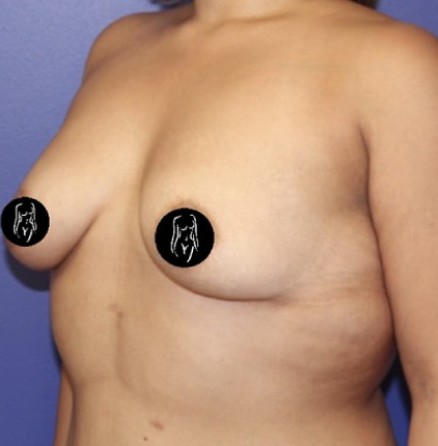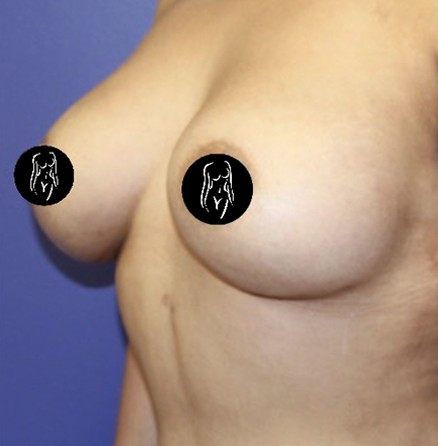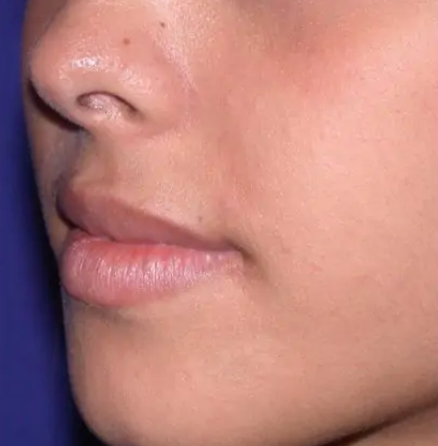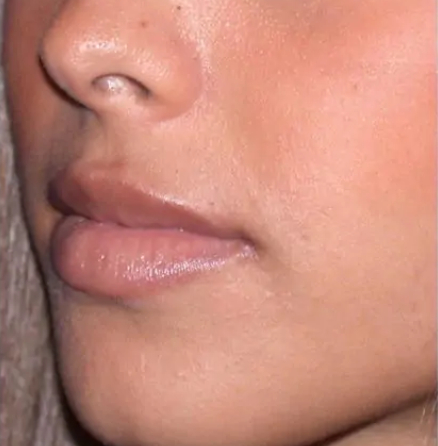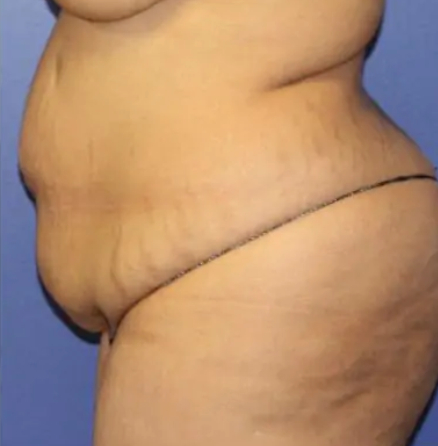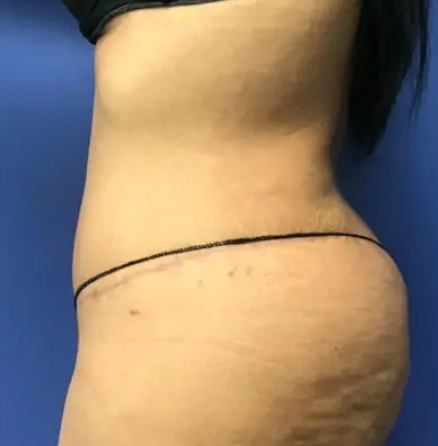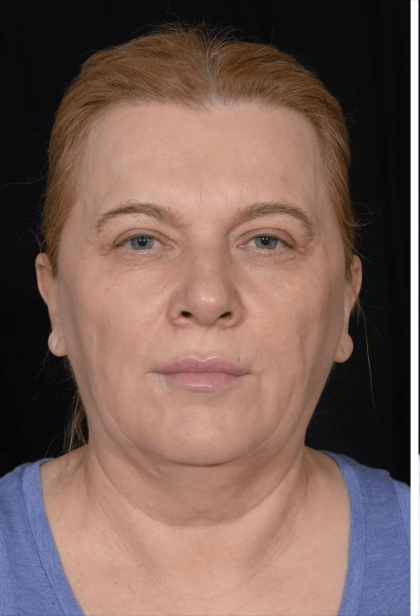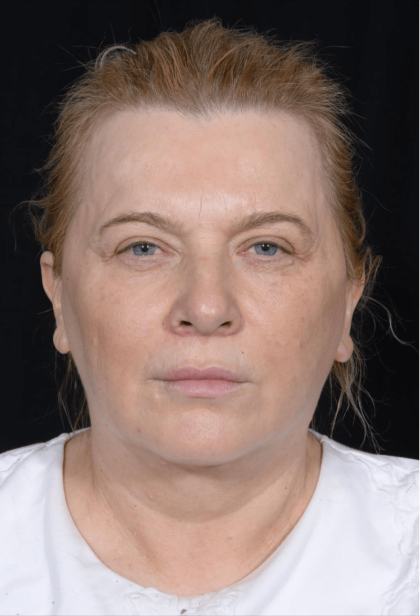Facial Fat Grafting
Conveniently located to serve the areas of New Jersey and the Tri-state Area

Facial fat grafting refers to the harvesting of fat from one region of the body and transferring to the face to restore/enhance volume, smooth contour related wrinkles, and establish more youthful facial contours. Meticulous harvest and injection of the fat to the face affords enduring effective volume enhancement, beyond that provided by dermal fillers. Dr. Rosenberg and Dr. Pathak regularly assess a patient’s candidacy for this versatile technique during their consultation as part of their facial analysis.
Contents
Before and After Photos
See if this procedure and the dramatic results it offers can benefit you by scheduling an appointment today.
FAQ
“Restore, redefine, reveal your naturally sculpted beauty!”
What areas of the face can be treated with facial fat grafting?
Facial fat grafting can be used to treat various areas of the face, including the cheeks, temples, tear troughs, nasolabial folds, marionette lines, lips, and chin. It can also be used to improve facial symmetry or correct sunken or hollow areas.
Is facial fat grafting a permanent solution?
Facial fat grafting is considered a semi-permanent solution because not all of the transferred fat cells may survive. However, the surviving fat cells can integrate into the existing tissue and provide long-lasting results. Some individuals may require touch-up treatments or additional sessions to achieve the desired level of volume and maintain the results over time.
How is facial fat grafting different from dermal fillers?
Facial fat grafting and dermal fillers are both used to restore volume and improve facial contours, but they differ in the source of the material used. Facial fat grafting uses the patient’s own fat cells, harvested from another area of the body, while dermal fillers use synthetic substances, such as hyaluronic acid, to add volume. Fat grafting can provide more extensive volume enhancement and may be preferred in cases where a larger amount of volume is needed or for individuals who prefer natural materials.
Is facial fat grafting a painful procedure?
Facial fat grafting is typically performed under local anesthesia with sedation or general anesthesia, depending on the extent of the procedure and the patient’s preference. This helps ensure comfort during the procedure. Some mild discomfort, swelling, and bruising can be expected after the surgery, but pain can be managed with prescribed medications.
Can facial fat grafting be combined with other procedures?
Yes, facial fat grafting can be combined with other procedures such as facelifts, brow lifts, or eyelid surgery to achieve more comprehensive facial rejuvenation.
